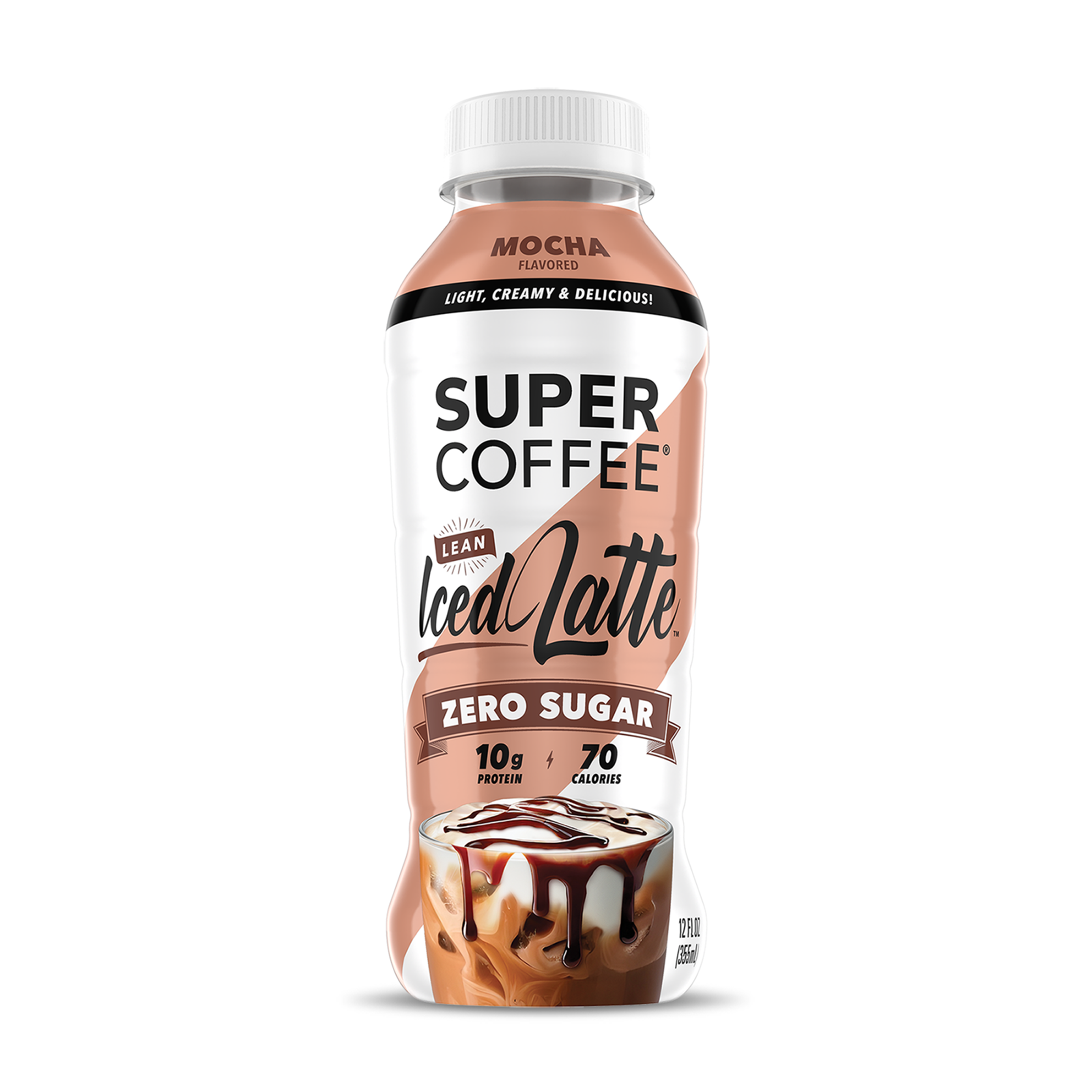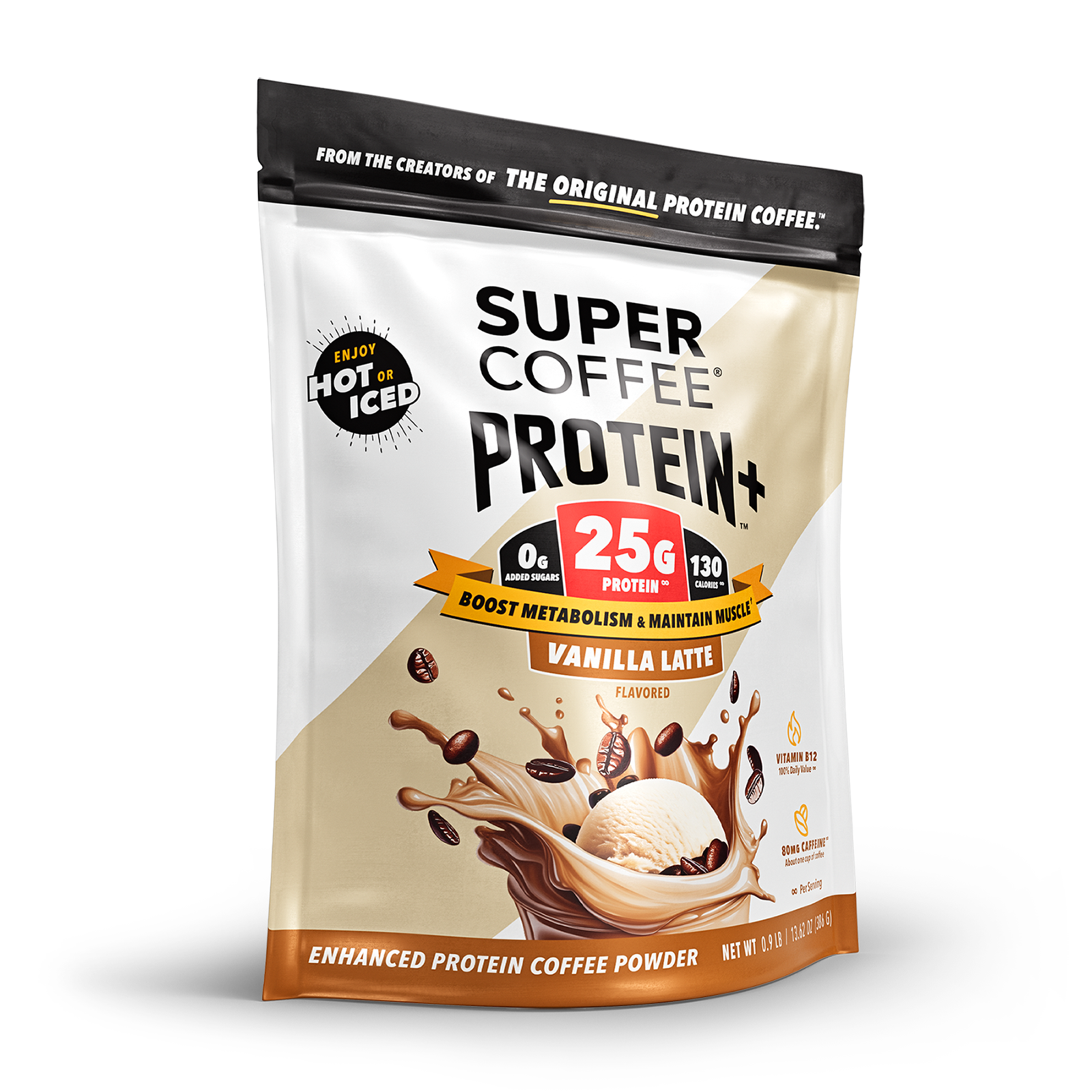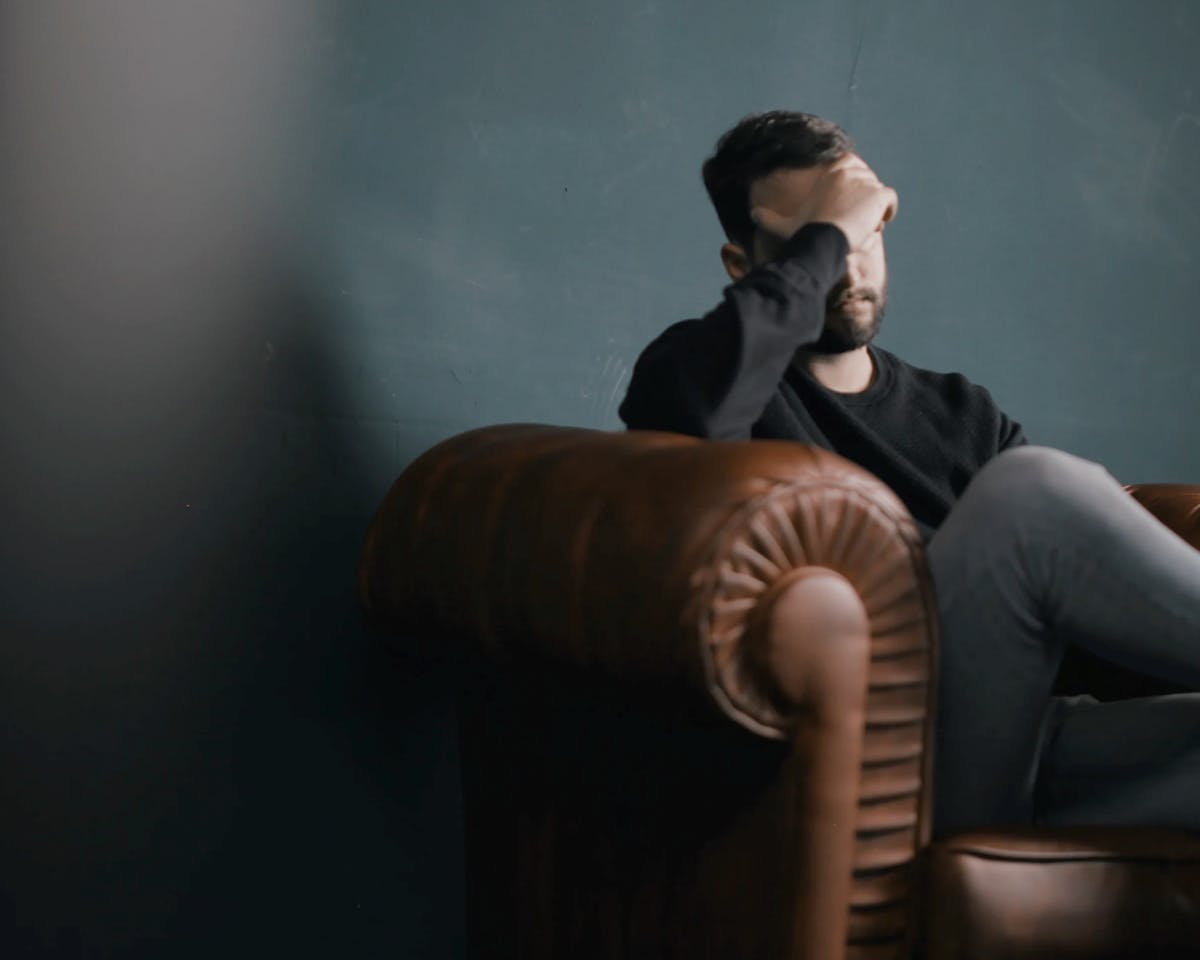Your cart is empty
Many of us have experienced, seen, or at least heard of an odd medical phenomenon.
- Some people who take a dose of Nyquil don’t get a good night’s sleep. They’re up all night.
- Some people who take anti-anxiety medications end up having panic attacks.
- Some people taking prescription opioids find that their pain actually gets worse.
In the medical world, those counter-intuitive experiences are called “paradoxical reactions.” The exact reasons for them aren’t clear, but generally speaking, they seem be related to defects or deficiencies in the way the brain responds to signals from the central nervous system.
Paradoxical reactions are most often seen in patients taking the sedatives known as benzodiazepines, but they can occur when taking almost any medication or drug.
And they happen with caffeine, too.
A cup of coffee most often wakes you up in the morning, rejuvenates you in the afternoon, or – if you’re not a decaf person – keeps you up at night. But the caffeine in coffee can produce other, undesired effects.
Caffeine is regularly used or prescribed to help treat headaches. It’s even an ingredient in many OTC (over-the-counter) pain relievers. But – in a paradoxical reaction – caffeine can also make headaches worse. That effect is seen most often in those who suffer with migraine headaches.
And, as you probably know, headaches can also result from caffeine withdrawal.
There’s a complicated relationship between caffeine and headaches. Let’s try to make it a little less mysterious.
Caffeine and the Brain
Most of us know caffeine as a rather potent stimulant. Strictly speaking, it’s a psychoactive drug – one which alters the way we feel and think – and it’s the most commonly-used psychoactive drug in the world. (Interestingly, caffeine and cocaine act on the same part of the brain.)
We experience the familiar effects of caffeine for several reasons.
First of all, caffeine somewhat blocks the brain’s ability to stay on an even keel. It does that by mimicking the structure of an important biochemical, adenosine. Adenosine is responsible for balancing other chemical levels in the brain; but because caffeine is so similar to adenosine, it is able to enter and block the brain’s adenosine receptors. In other words, caffeine prevents adenosine from moderating the way we feel and act.
That allows hormones and neurotransmitters like dopamine (the “feel-good hormone”), serotonin (the “happy chemical”) and adrenaline (the “fight or flight” hormone), to run wild, explaining the surge of energy we feel after a Starbucks latte.
And a recent study shows that caffeine even helps the brain process information more quickly, well beyond the initial jolt that the stimulant provides.
There’s another important effect of caffeine to consider. Throughout the body it acts as a vasodilator, expanding blood vessels and increasing blood flow. In the brain, however, it only briefly expands the blood vessels – after that it, as it interacts with adenosine receptors, caffeine actually acts as a vasoconstrictor and reduces cerebral blood flow.
Remember that last point. Understanding caffeine headaches depends on it.
What Happens During a Headache?
There are two major types of headaches.
Tension-type headaches are the most common variety, causing pain in the head, neck and/or behind the eyes. For about two-thirds of Americans tension headaches occur just occasionally, but they’re a chronic problem (15 or more days per month) for about three percent. Painful, throbbing migraine headaches are somewhat less-common, affecting around 43% of women and 18% of men.
Migraines aren’t understood very well, although genetics appears to play a major role. And there are many other possible causes of headaches. Both stress and migraine headaches can be triggered by a variety of other factors including stress, physical ailments, colds and infections, environmental issues (like strong odors or smoke), foods and allergens, even bad posture. For some people, headaches are also triggered by certain foods or medications.
What causes headache pain? It’s primarily due to changes that occur in the brain after exposure to headache triggers. Once triggers are detected, chemical messages are sent throughout the brain, leading to increased blood flow. That, in turn, causes an expansion of blood vessels around the brain. And as the vessels expand, they place pressure on adjoining nerves which send signals to the brain’s pain centers – producing the head pain commonly associated with headaches.
That helps explain how and why many headache treatments work.
Treating a Headache
Relieving a serious migraine headache usually requires much more than Advil or Tylenol. Detailed neurology workups and prescription medications are commonly used to diagnose, prevent and treat severe migraines.
However, less-painful migraine headaches, and more common tension-type headaches, often respond well to over-the-counter pain relievers like aspirin, ibuprofen or acetaminophen. There’s a good reason for that; they interact with some of the chemicals in the body that cause pain and inflammation.
But here’s an interesting twist. If you look at the labels of OTC headache relief meds like Excedrin and Midol, you’ll see that they combine several different ingredients. In the case of Excedrin, it’s aspirin, acetaminophen – and caffeine.
What’s caffeine doing in there?
Caffeine’s Effect on Headaches
Earlier, we asked you to remember two important points.
- During a headache, blood vessels in the brain expand, contacting nerves and causing pain.
- Caffeine acts as a vasoconstrictor in the brain, causing blood vessels to contract.
There’s your answer. When caffeine causes blood vessels to contract, that relieves the nerve pressure which is a major cause of headache pain. So adding caffeine to OTC pain relievers attacks the problem from two angles: easing the pain itself, and removing or reducing one of its root causes. Some studies show that adding caffeine makes pain relievers as much as 40% more effective.
That also explains why a couple of cups of coffee (no decaf!) or Lipton black tea (no herbal teas!), a few caffeinated beverages, or energy drinks may ease or chase away head pain. The caffeine causes blood vessels to constrict, leading to pain relief.
If you’re going to drink coffee to treat a headache or migraine, two cups should do it. Much more, and you could be asking for trouble. More on that shortly.
Caffeine Headaches
Now that we’ve talked about how caffeine can relieve headaches, it’s time to look at the other side of the coin: it may also cause them.
No worries, if you’re one of those people who only have coffee with breakfast, or an occasional espresso after dinner. Caffeine rebound headaches, also called caffeine withdrawal headaches, only occur with high levels of daily caffeine use. They’re most likely to develop when you’ve essentially developed caffeine dependence, and then cut back or completely stop consuming caffeine. They’re similar to the “medication overuse headaches” that can be caused by cutting back on other types of drugs.
Caffeine headaches are most likely to occur if you stop cold turkey, but even a major reduction in the amount of caffeine you consume each day can lead to big problems.
To understand caffeine withdrawal symptoms, think back to the way that caffeine affects the brain: it narrows blood vessels and reduces blood flow. When all of a sudden the caffeine is gone, the blood vessels expand, they contact and pressure the surrounding nerves, and cause rebound headache.
There’s one more twist. Remember the adenosine receptors that caffeine essentially blocks? The more caffeine you drink, the more adenosine receptors you develop – and the more likely you are to experience severe side effects when caffeine use is reduced or discontinued.
Until withdrawal is complete, daily headaches may result from a fast reduction in caffeine intake.
How do you cut down on caffeine consumption without suffering? The American Migraine Foundation suggests that you drink plenty of water every day, a full glass for every caffeinated drink (over and above the eight glasses per day they recommend for migraine sufferers). Getting lots of rest, and applying peppermint oil to painful areas, may also help.
There’s one other type of migraine headache we should mention. Many migraine sufferers have reported that consuming coffee, tea and other sources of caffeine causes them to have headaches; until recently, those were only anecdotal reports. However, a recent study has confirmed those complaints, finding that caffeinated beverages are actually migraine triggers in some people.
How much caffeine can be a headache trigger? Researchers say it’s about three cups of coffee, or the equivalent in other caffeinated beverages. Once migraine sufferers crossed that three-cups-per-day line, they had an increased risk of a headache the next day.
And unfortunately, simply drinking more coffee can’t relieve those headaches.
Blog posts
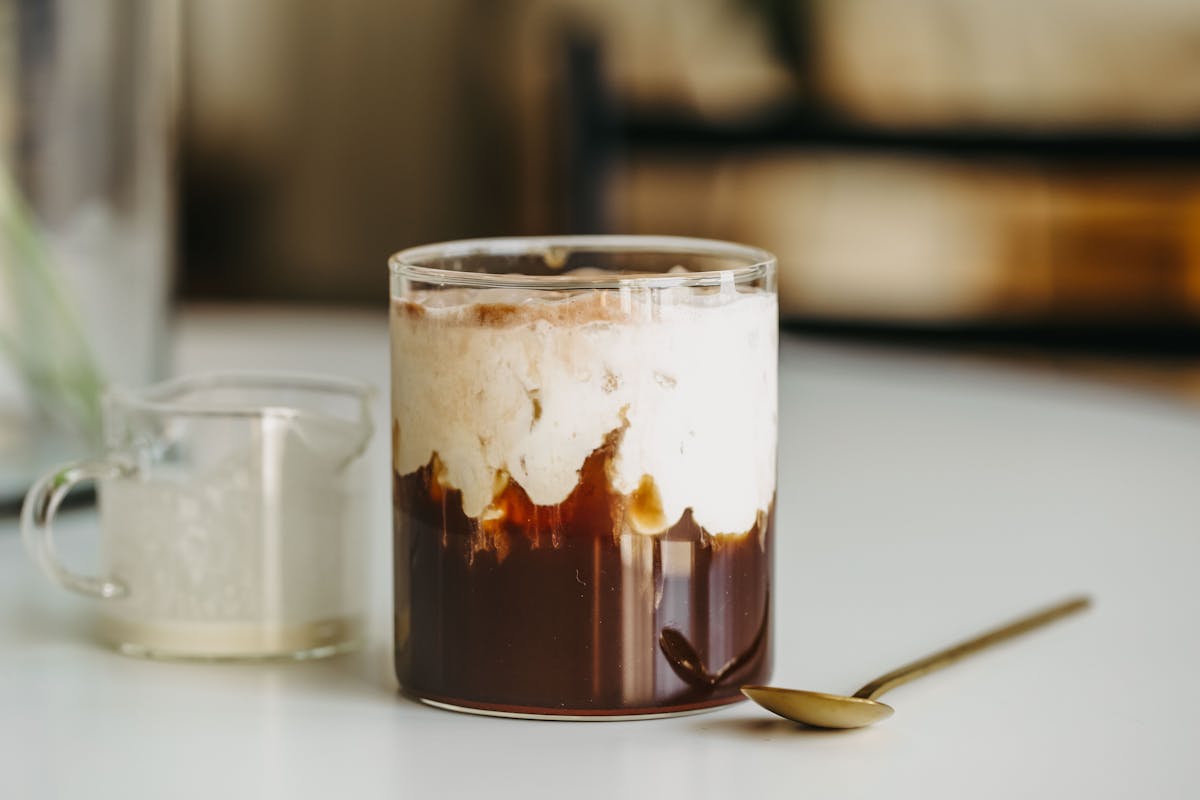
Cold, creamy and delicious - This chocolatey cold brew recipe is the perfect treat to kickstart your morning! The Recipe Chocolate Cream Cold Brew Prep Time: 1 minutes Cook Time: 5 minutes Ingre...
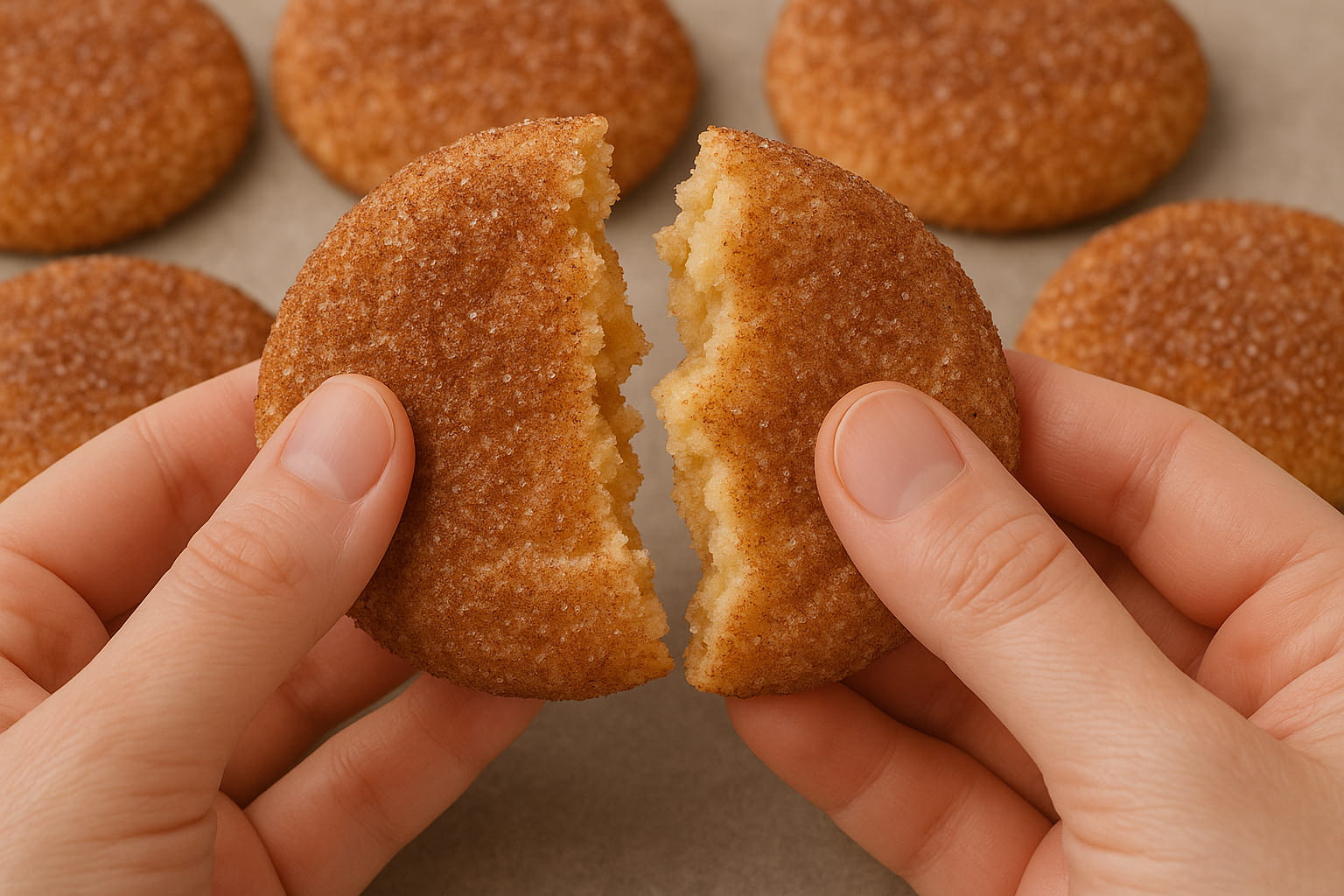
Indulge in the warm embrace of autumn with Pumpkin Spice Snickerdoodles - soft, spiced, and utterly irresistible! The Recipe Pumpkin Spice Snickerdoodles Prep Time: 10 minutes Cook Time: 1 hour ...
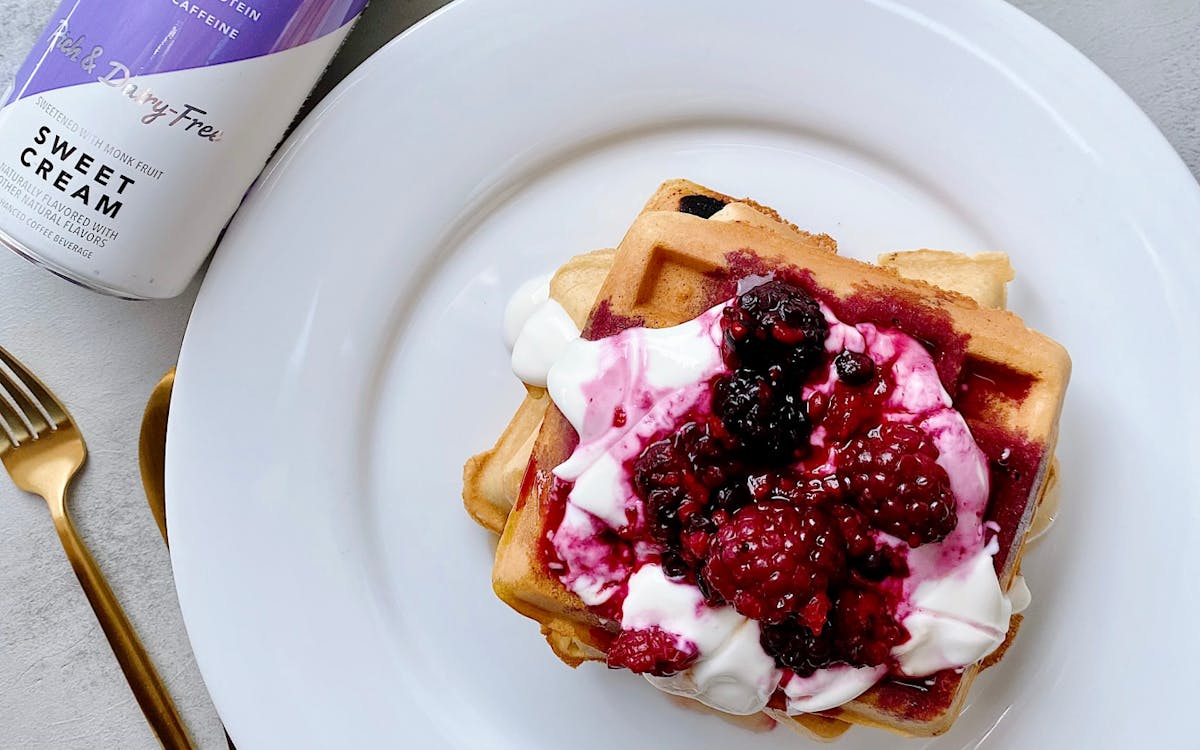
Low Carb Berries & Cream Waffles
These low carb/low sugar waffles are delicious, wonderfully crispy on the outside, and fluffy on the inside. You can also double batch and freeze for easy weekday breakfasts. Featuring our almost-...
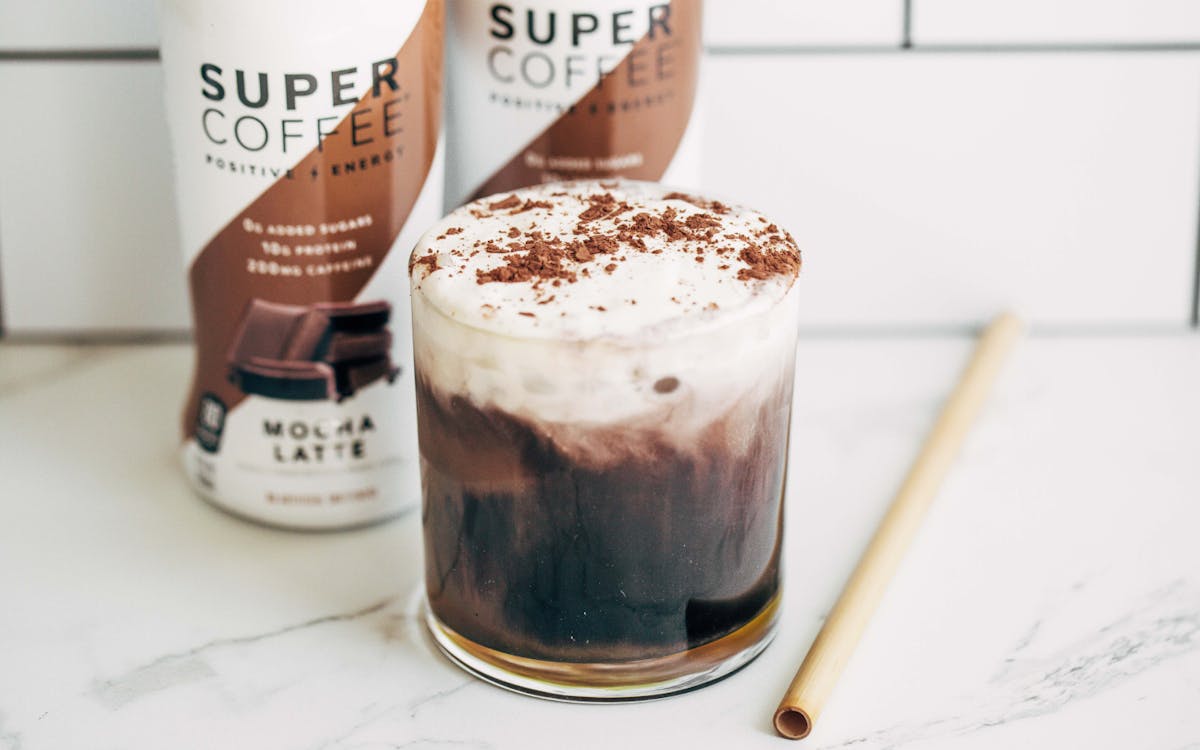
This may be the most fun latte recipe we’ve tried yet! With gooey & decadent black chocolate drizzle and a thick layer of creamy French Vanilla, just one sip of this iced latte will transport ...
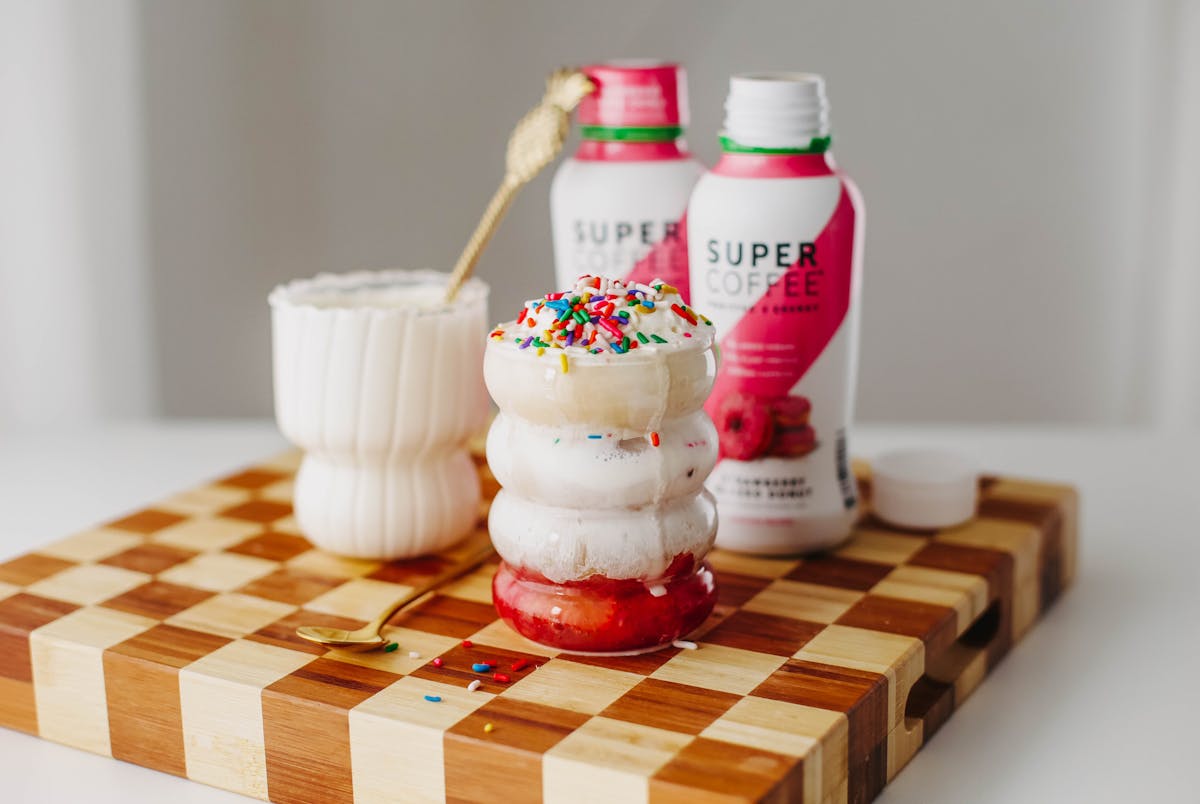
Strawberry Sprinkle Keto Coffee Recipe
Nutritional Info Calories: 274 Fat: 26.7g Carbs: 5.7g Protein: 4.5g Sugar: 2.1g Ingredients 3 strawberries, sliced. 3-4 tbsp heavy cream or half & half. Enough ice to fill a glass. 1/2 cup S...
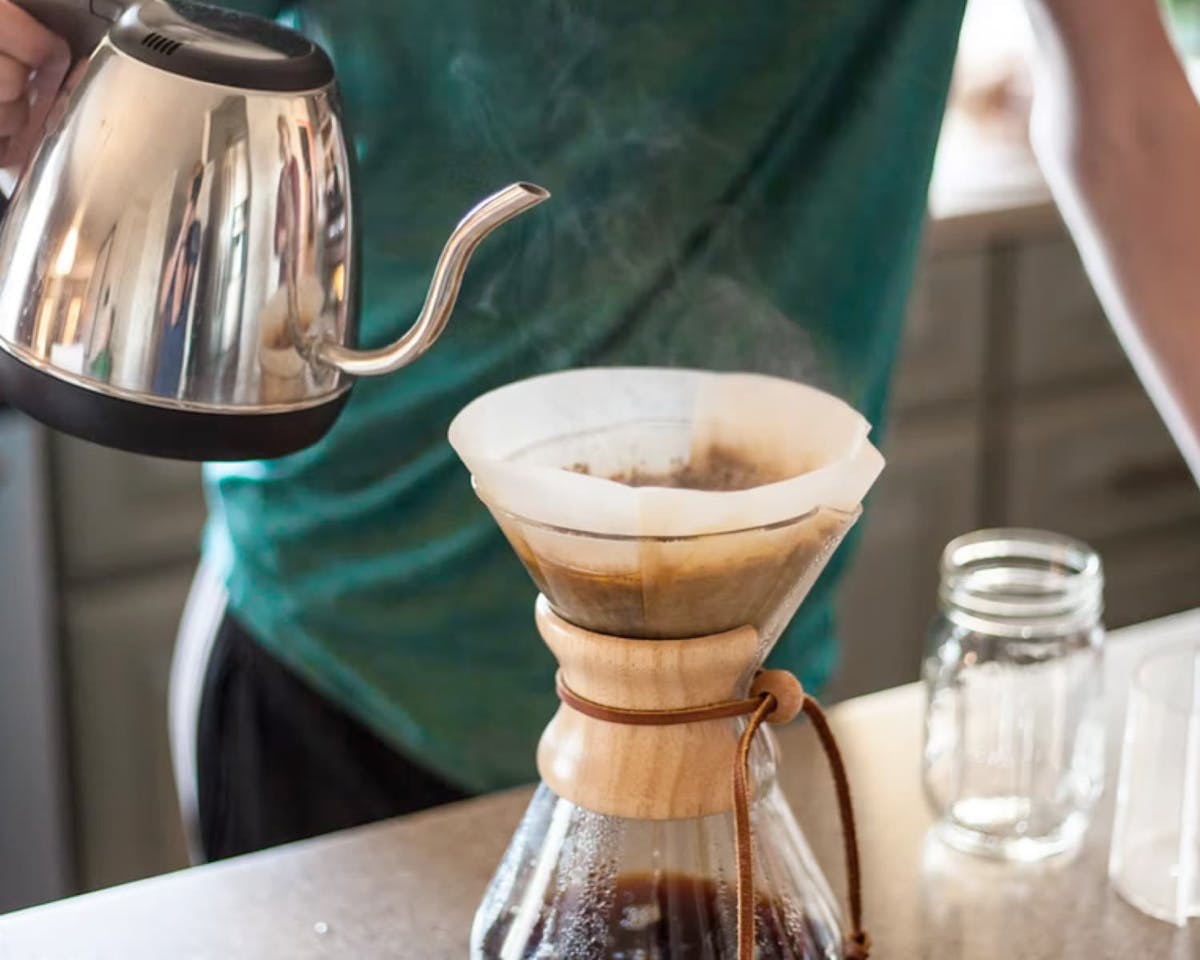
8 Healthy Coffee Recipes That Are Better Than Starbucks
There’s no question about it. Coffee is good for you. Those who don’t like black coffee, of course, commonly add milk, cream and sugar – even if that also means adding calories, fat or carbs to the...



